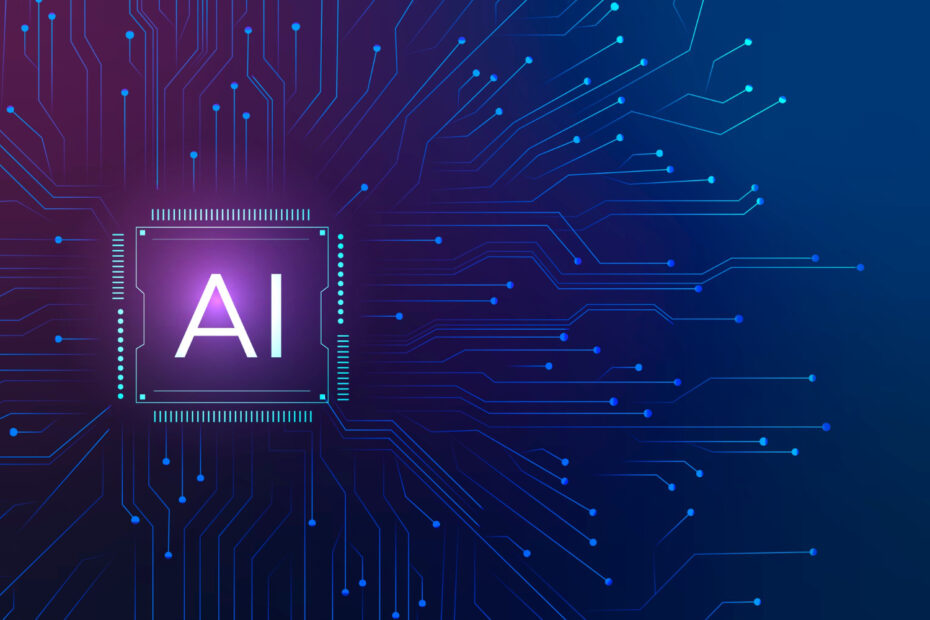The rapid advancements in artificial intelligence have revolutionized industries worldwide, making tasks faster, easier, and more efficient. From generating content to automating complex workflows, AI tools have become a staple in many organizations. However, the proliferation of AI-generated content has also raised questions about authenticity and accountability, creating a demand for robust solutions like AI detector tools.
What Are AI Detector Tools?
AI detector tools are software solutions designed to identify content created with the assistance of artificial intelligence. By leveraging sophisticated algorithms, these tools analyze the structure, patterns, and language used in text or other media to determine whether it was human-generated or AI-generated. This technology is increasingly relevant in industries where originality, integrity, and compliance are paramount.
Key Features of AI Detector Tools
- Advanced Algorithms: AI detector use state-of-the-art machine learning models to detect subtle patterns that indicate AI involvement, such as repetitive phrasing, unnatural syntax, or overuse of certain vocabulary.
- Real-Time Detection: Many tools operate in real time, allowing users to assess the authenticity of content as it is being created or submitted.
- Customizable Parameters: Businesses and organizations can often tailor these tools to meet specific needs, such as stricter detection thresholds for academic submissions or content marketing materials.
- Scalability: Whether for individual users or large enterprises, AI detector tools are built to handle varying levels of demand, making them accessible across industries.
Applications Across Industries
The versatility of AI detector software means they can be applied in a wide range of contexts. Here are some of the most common applications:
1. Education
In the academic world, maintaining integrity is critical. AI detector tools help educators ensure that essays, assignments, and research papers are the original work of students. This encourages fair assessments and helps students develop genuine skills rather than relying on AI shortcuts.
2. Content Creation
Marketing teams and content creators use AI detector tools to verify the originality of articles, blogs, and advertisements. This ensures that brand messaging remains authentic and aligns with organizational values, while avoiding any potential reputational risks from AI overuse.
3. Journalism
In newsrooms, originality and credibility are non-negotiable. AI detector assists journalists and editors in verifying the authenticity of their work, ensuring that the information presented to readers is both accurate and genuine.
4. Hiring and Recruitment
Human resources departments rely on AI detector tools to evaluate candidate submissions, such as resumes and cover letters. These tools ensure that applicants’ materials accurately reflect their skills and experiences without undue AI assistance.
5. Legal and Compliance
In industries like law, finance, and healthcare, ensuring the authenticity of documentation is essential. AI detector tools help organizations comply with regulations and maintain trust with clients by verifying that documents are human-generated when required.
Challenges and Considerations
While AI detector provides significant benefits, their implementation does come with challenges. Some of the key considerations include:
- Accuracy: Ensuring high accuracy is critical. False positives or negatives could undermine trust in these tools.
- Transparency: Organizations must communicate the use of AI detector tools clearly to stakeholders, including employees and clients, to foster trust and collaboration.
- Evolving AI Models: As AI technology advances, detector tools must constantly adapt to keep pace with new and more sophisticated AI-generated outputs.
- Ethical Concerns: Balancing the use of these tools with respect for privacy and creativity is essential for ethical implementation.
The Future of AI Detector Tools
The development of AI detector is still in its early stages, but the demand for these solutions is growing rapidly. As AI continues to integrate into various aspects of work and life, the need for tools that ensure authenticity and accountability will only increase. Future iterations of AI detector tools are likely to include:
- Enhanced Accuracy: Improved algorithms that can detect even the most advanced AI-generated content.
- Cross-Media Detection: Tools capable of analyzing not just text, but also images, videos, and audio for signs of AI involvement.
- Integration with Existing Systems: Seamless integration with platforms like learning management systems, content management software, and enterprise tools.
- User-Friendly Interfaces: Simplified interfaces that make these tools accessible to a broader audience.
Conclusion
AI detector has become an essential part of modern workflows, offering a safeguard against the unintended consequences of AI-generated content. By promoting authenticity and accountability, these tools empower organizations to maintain integrity in their operations. As AI technology evolves, the role of the AI detector will only grow, ensuring a future where innovation and originality can coexist.
